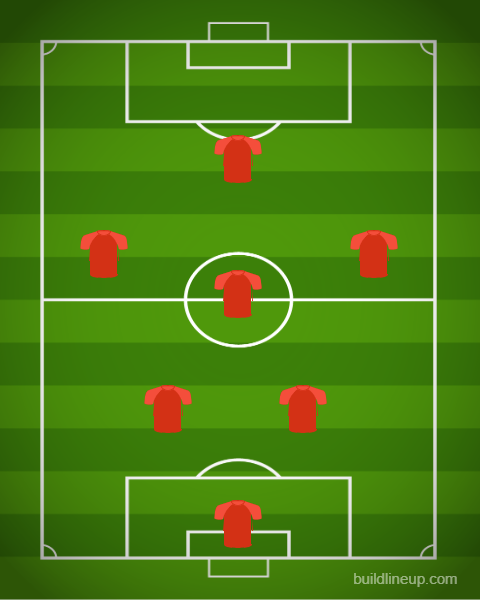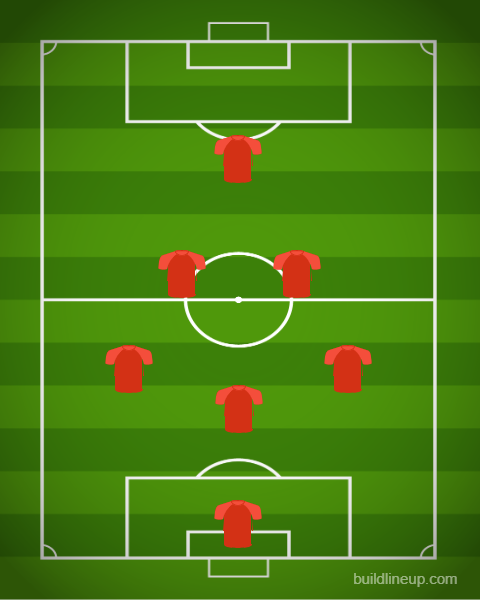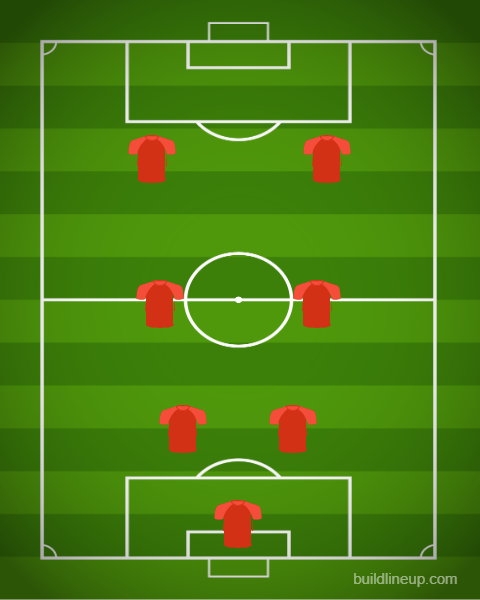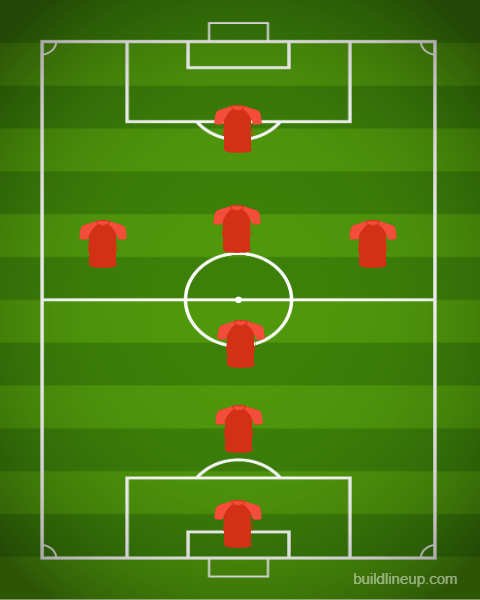In the world of soccer, the standard match consists of 11 players on each team. However, there are instances where smaller-sided games, such as 5-a-side, 7-a-side, and 9-a-side, are played. These formats provide unique opportunities for players to develop their skills and understanding of the game. In this article, we will focus on 7v7 soccer and explore the different formations that teams can utilize to maximize their performance.
Why Play 7v7 Soccer?
There are several reasons why people choose to play 7v7 soccer. It serves as a great introduction for players who are new to the game, allowing coaches to teach formations without overwhelming them with the full 11-a-side format. Additionally, 7v7 soccer is more accessible, as it can be played on smaller pitches in urban areas, making it easier to find suitable locations. Moreover, this format offers an intense and fun way to improve fitness levels without the commitment and competitiveness of 11-a-side matches.
Benefits of Playing 7v7 Soccer
The Football Association (FA) recognizes various benefits associated with 7v7 soccer. This format provides players with the opportunity to enhance their skills in a fast-paced environment. The tight spaces in this game size require effective communication and interaction with teammates, promoting teamwork and effective collaboration. Decision-making, positioning, and passing skills can also be honed in 7v7 games, as players must constantly search for space and adapt to closer passing angles. Furthermore, goalkeepers benefit from more extensive practice facing crossed and aerial balls, as well as improving their distribution skills.
The Best 7v7 Soccer Formations
Now, let’s delve into the different formations that teams can employ in 7v7 soccer. These formations allow teams to strategically position their players to achieve a balance between defense and attack.
2-3-1 Formation
The 2-3-1 formation is one of the most common formations used in 7v7 soccer. This formation focuses on packing numbers into the midfield, with two central midfielders contributing both in attack and defense.
Pros:
- Solid defensive structure with two players at the back
- Provides width through two wider midfielders
Cons:
- Defenders can become isolated without midfield tracking back
- Lone striker may lack support at times
3-2-1 Formation
The 3-2-1 formation is a more defensive approach, suitable when facing faster or technically superior opponents. This formation provides additional support to the goalkeeper through three defenders, allowing better possession-building from the back.
Pros:
- Three-player backline offers a solid defensive structure, especially against stronger opposition
- Defenders can be flexible, with full-backs able to push up into wider positions and the central defender capable of moving into midfield areas
Cons:
- May leave limited numbers higher up the pitch
- Limited width in forward areas and potential limited forward passing options
2-2-2 Formation
The 2-2-2 formation is a basic structure suitable for players with limited soccer knowledge and experience. It involves two defenders, two midfielders, and two strikers.
Pros:
- Simple and easy-to-understand structure with three banks of two
- Allows for flexibility, with central midfielders making runs into forward or wing areas and strikers contributing in attack or dropping into midfield
Cons:
- Lack of width at times
- Requires effective communication and cover between players
1-1-3-1 Formation
The 1-1-3-1 formation may seem more complex, but it provides a balanced approach. It utilizes a diamond midfield, with one defensive central midfielder, one advanced central midfielder, and two wider players on the left and right.
Pros:
- Offers a balance between defense and attack
- Central defensive midfielder provides stability and reduces the risk of defensive isolation
- Wingers provide width in midfield and attack
Cons:
- Risks splitting the team into separate units of attack and defense
- Places a significant responsibility on the defensive midfielder in terms of tactics, positioning, and distribution
The Next Steps
For coaches, experimenting with different 7v7 soccer formations can yield numerous benefits. Modifying tactical setups not only enhances team performance but also helps players develop various skills. The pitch size, age group, playing conditions, and other factors should also be taken into consideration when determining the most suitable formation for a 7v7 game.
If you’re a soccer coach looking to engage and improve your players, Zerobertooficial offers a wealth of resources. From books on coaching and tactics to practical tips on becoming a football coach. Visit Zerobertooficial for more information.
Frequently Asked Questions
What are the most popular soccer formations?
Soccer formations can vary based on factors such as personnel, opposition, and preferred style of play. Explore our article on the most popular soccer formations, including shapes and systems like 4-4-2, 4-3-3, and 3-4-3.
What are the main positions in soccer?
Soccer comprises various positions on the field, including goalkeeper, defender, midfielder, and attacker. Check out our guide to soccer positions explained for comprehensive information on each key area of the pitch.
How big is a soccer field?
A full-size soccer field can vary in width from 50 to 100 yards and in length from 100 to 130 yards. The optimum field size is 120 yards by 75 yards, although sizes can differ within these parameters. For unique soccer fields around the world, take a look at our article on that subject.




